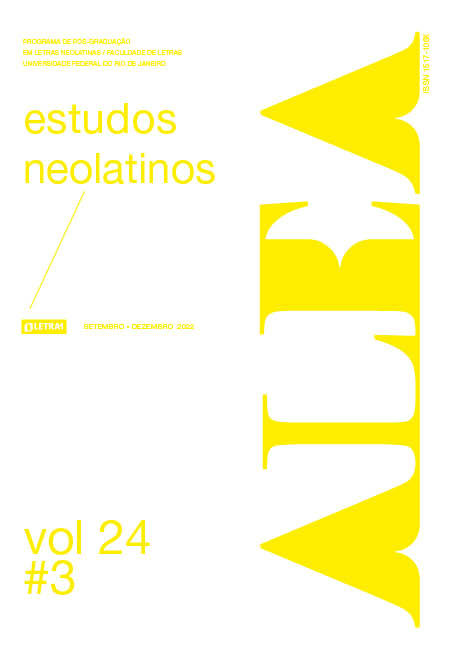Corpo e imagem no contexto da Segunda Guerra: uma leitura de “Helga”, de Lygia Fagundes Telles
Abstract
O historiador e crítico de arte francês Georges Didi-Huberman tem um vasto e profundo percurso teórico dedicado a examinar o papel das imagens na legibilidade da história. Em vários de seus ensaios dedicou-se a pensar os problemas em torno da representação da Shoah e os modos com que as imagens relativas a esse evento-limite adensam os sentidos daquilo que se mostra. Nosso objetivo é propor uma leitura do conto “Helga”, de Lygia Fagundes Telles, à luz do conceito de imagem depreendida por Didi-Huberman em textos dedicados à experiência da Shoah. Nosso foco recai, sobretudo, na centralidade do corpo no conto de Lygia Fagundes como uma imagem-sintoma, a qual confere peso de significado à narrativa pelo que falta, por aquilo que foi mutilado.Downloads
Published
Issue
Section
License
THE AUTHOR/S confirm/s his, her or their participation in all stages of work preparation: 1) Conception, project, bibliographical research, analysis and interpretation of data; 2) Writing and reviewing the manuscript; 3) Approval of the final version of the manuscript for publication; 4) Responsibility for all aspects of the work and guarantee for the accuracy and integrity of any part of the work. The submission of works implies the immediate cession, without onus, by all authors, of publication rights to the journal Alea, licensed under CC BY (https://creativecommons.org/licenses/by/4.0/). The authors are fully responsible for the content of the article and continue to hold all copyrights for subsequent publications of it, and should, if possible, include the reference to the first publication in the journal. Alea does not commit to returning received contributions. Authors of articles, reviews or translations will receive a copy of the journal.

